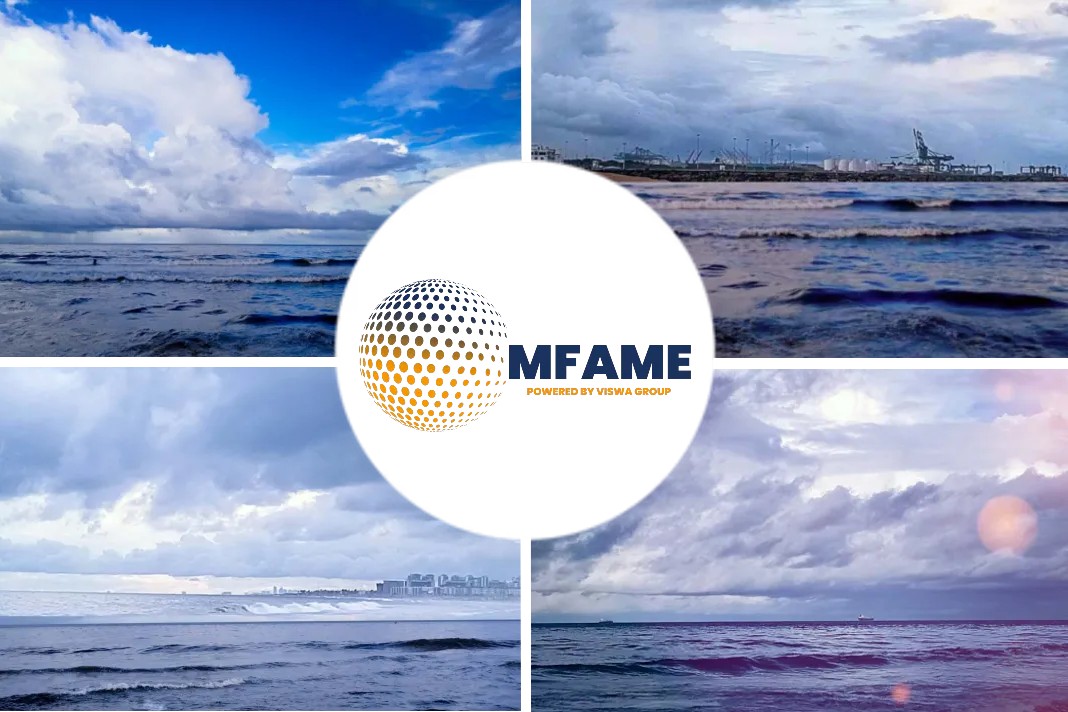- The vessel’s design incorporates extensive safety measures in consideration of ammonia’s toxicity.
- Marine engine manufacturers around the world are working to develop an ammonia-fueled engine.
- Delivery of the first ammonia-fueled vessel is expected in the late 2020s at the earliest.
- Ammonia is in the spotlight as a promising next-generation clean energy source that produces no carbon dioxide (CO2) during combustion.
Mitsui O.S.K. Lines, Ltd. (MOL; President & CEO: Takeshi Hashimoto) and ITOCHU Corporation (ITOCHU; President & COO: Keita Ishii; Headquarters: Minato-ku, Tokyo) announced today that the American Bureau of Shipping has granted them Approval in Principle (AIP) for an ammonia bunkering vessel as reported by MOL.
Ammonia fuel supply
The project is part of a joint development study on the ammonia fuel supply chain in Singapore.
MOL, which already has acquired experience and knowledge of LNG bunkering vessels, will play a leading role in this project together with its partners in the LNG bunkering business in Singapore-TotalEnergies Marine Fuels Pte.
Ltd. MOL and ITOCHU jointly designed the ammonia bunkering vessel in cooperation with Sembcorp Marine Integrated Yard Pte.
Ltd., and after conducting a risk assessment (Hazard Identification Study: HAZID) with the partners in Singapore, applied for and received the AIP.
The vessel’s design incorporates extensive safety measures in consideration of ammonia’s toxicity.
Next-generation vessels
Marine engine manufacturers around the world are working to develop an ammonia-fueled engine.
Delivery of the first ammonia-fueled vessel is expected in the late 2020s at the earliest.
The ammonia bunkering vessel, which we jointly developed, will supply these next-generation-fueled vessels.
Ammonia is in the spotlight as a promising next-generation clean energy source that produces no carbon dioxide (CO2) during combustion.
MOL is working to develop ammonia-fueled vessels and create an ammonia transport business, in the hopes of launching net-zero emission ocean-going vessels during the current decade and achieving net-zero greenhouse gas (GHG) emissions by 2050, as stated in the “MOL Group Environmental Vision 2.1”.
Did you subscribe to our newsletter?
It’s free! Click here to subscribe!
Source: MOL



















